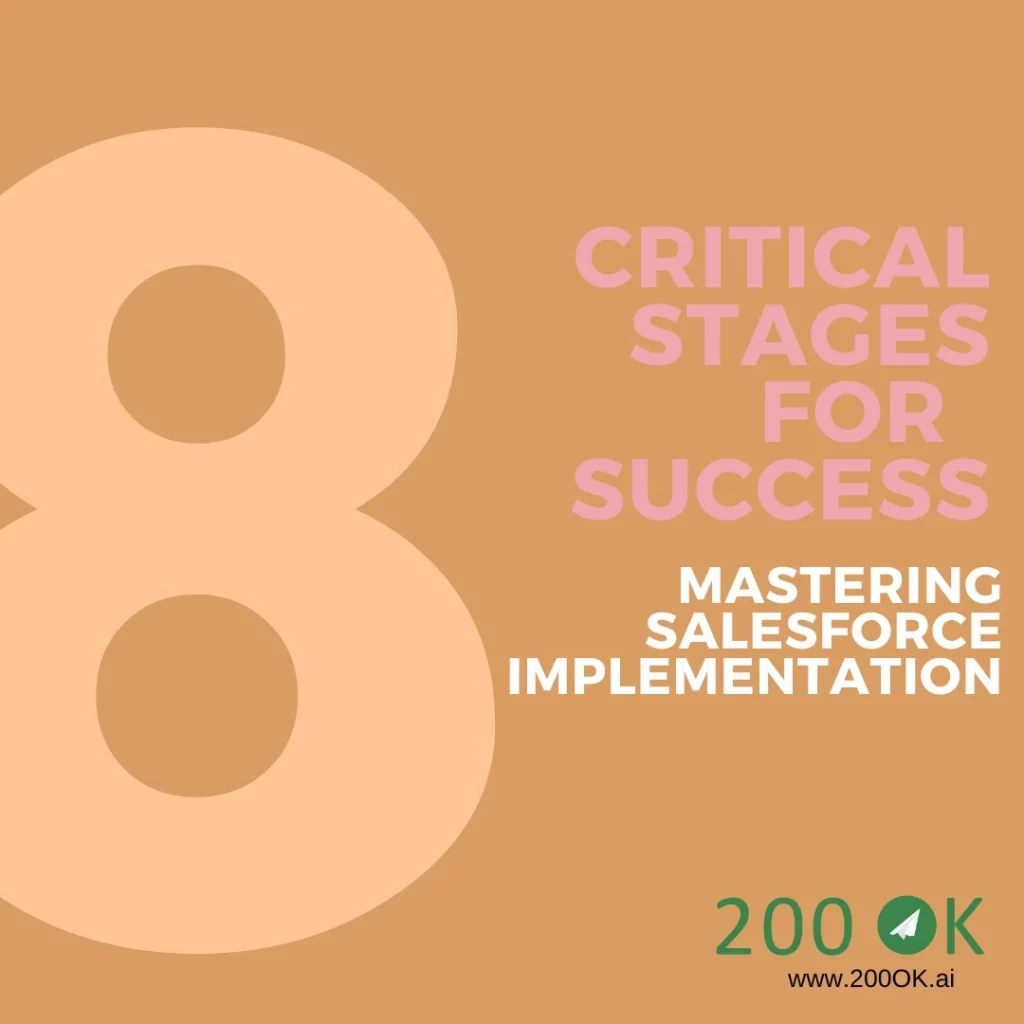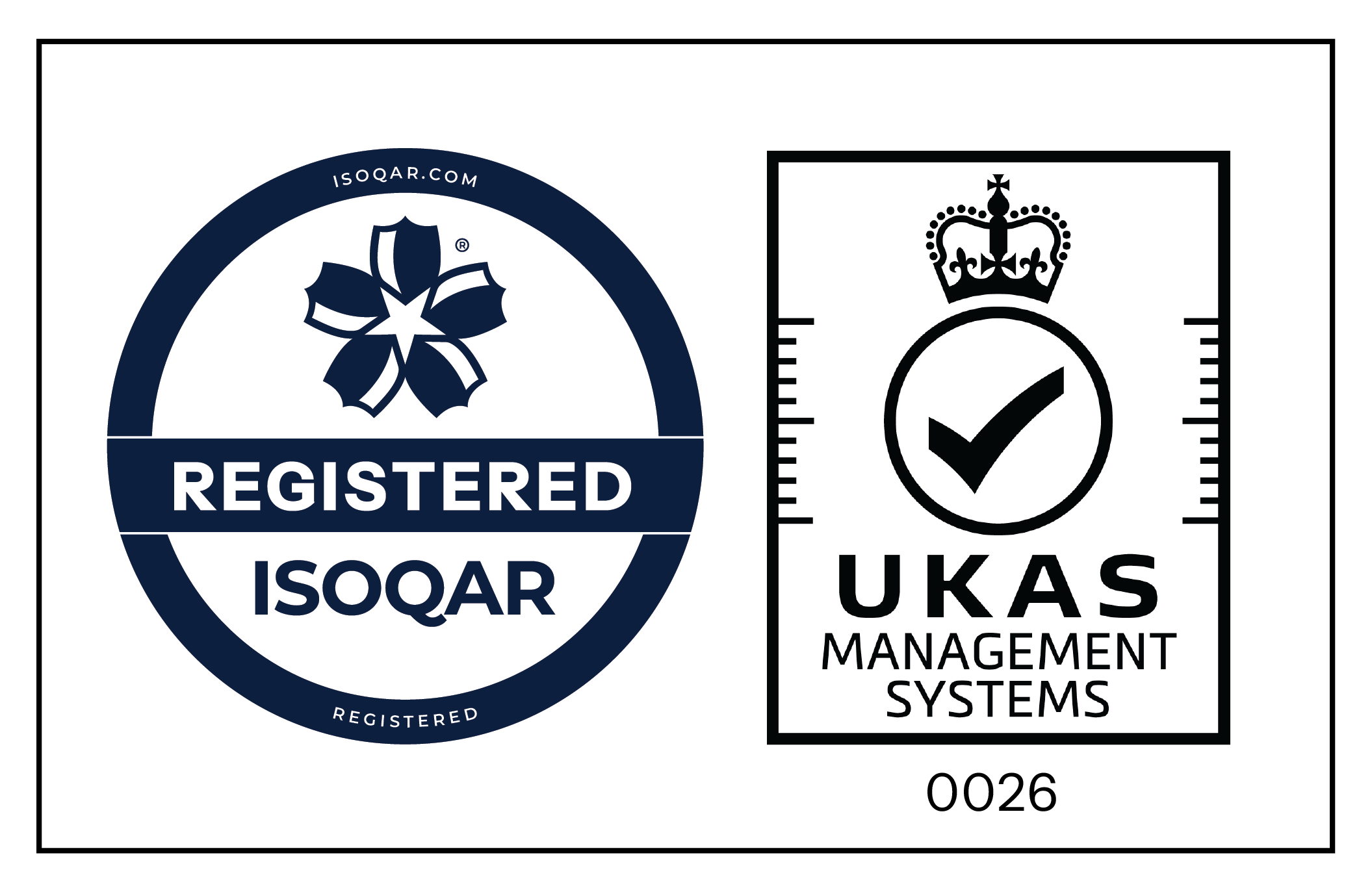Introduction:
Salesforce has emerged as a powerful CRM tool that can revolutionize your business operations and drive growth. However, the process of implementing Salesforce can be complex and challenging. To ensure a successful implementation, it is crucial to follow a well-defined checklist of critical stages. In this blog post, we will explore the eight critical stages of effective Salesforce implementation, providing you with a roadmap for success.
Step 1: Defining Objectives
The first step towards a successful Salesforce implementation is defining clear objectives. This involves setting specific goals aligned with your business needs and identifying key performance indicators (KPIs) to measure success. By establishing clear targets and KPIs, you can continually optimize the implementation process to meet your organizational needs.
Step 2: Creating a Project Team
The strength of your project team plays a pivotal role in the success of your Salesforce implementation. By assembling a cross-functional team and assigning responsibilities and timelines, you ensure that all perspectives and requirements are taken into account. This approach fosters greater buy-in and user adoption, leading to a successful implementation within the allocated budget and timeline.
Step 3: Analyzing Existing Processes
Before implementing Salesforce, it is essential to review and analyze your current workflows and processes. This stage allows you to identify areas for improvement and optimization. By streamlining your tasks and optimizing processes, you can achieve greater efficiency and productivity, ultimately resulting in improved business outcomes.
Step 4: Configuring Salesforce
Once you have analyzed your processes and established your project team, it is time to configure Salesforce to meet your specific business requirements. This stage involves customizing Salesforce, setting up user accounts and access levels, defining data fields and objects, and creating reports. Personalizing Salesforce to align with your unique needs enables greater productivity and efficiency, leading to improved business outcomes.
Step 5: Integrating With Other Systems
To maximize the value of your Salesforce implementation, integrating it with your existing systems is crucial. By reviewing your current systems and identifying integration requirements, you can ensure a seamless flow of information across platforms. Integration enhances efficiency, reduces data entry errors, and boosts staff productivity, resulting in optimized business processes.
Step 6: Data Migration and Validation
If you already possess valuable data that needs to be transferred to Salesforce, careful data migration and validation are necessary. This stage involves identifying the metrics to migrate, cleaning the data to eliminate errors and inconsistencies, mapping and transferring the data to Salesforce, and verifying its accuracy. Validating the migrated data ensures its usefulness and value in supporting your business objectives.
Step 7: User Training and Adoption
User adoption is a critical factor in the success of any Salesforce implementation. To overcome resistance and encourage adoption, develop a comprehensive training plan tailored to different user groups. Providing ongoing support, resources, and engaging training sessions through various channels ensures that users can master the new system effectively. Recognizing and rewarding successful users, setting clear expectations, and fostering engagement further contribute to successful user adoption.
Step 8: Testing and Deployment
Thorough testing is vital before deploying Salesforce to production. This phase involves conducting comprehensive testing, simulating different scenarios and workflows, and involving end-users to gather feedback. Identifying and resolving any issues or bugs prior to deployment ensures that Salesforce meets your business requirements. With a well-executed testing phase, you can confidently deploy Salesforce to production, backed by a contingency plan in case of unexpected issues. A post-deployment review helps evaluate the success of the implementation and identifies areas for further improvement.
Conclusion:
Implementing Salesforce effectively requires careful planning and execution. By following the eight critical stages outlined in this blog post – defining objectives, creating a project team, analyzing existing processes, configuring Salesforce, integrating with other systems, data migration and validation, user training and adoption, and testing and deployment – you can ensure a successful Salesforce implementation. Embrace the power of Salesforce to streamline your operations, drive growth, and propel your business to new heights of success. Contact us today to know how to accelerate your Salesforce integrations and drive growth effectively.







